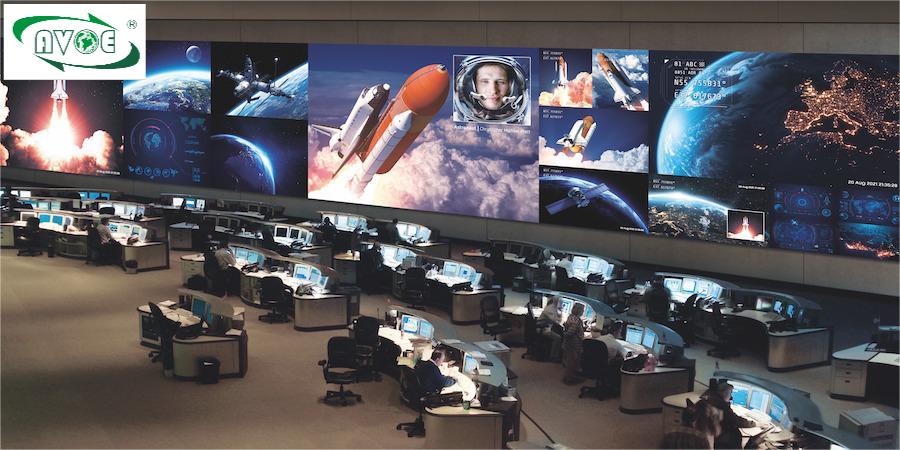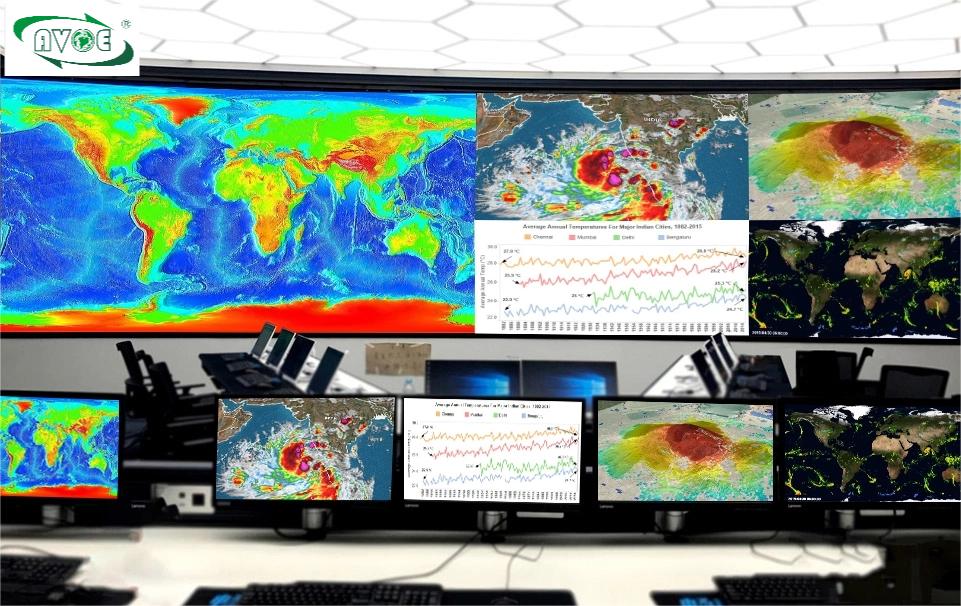High definition single eye protection is more important for indoor LED display
Due to the severe light pollution of large outdoor LED display screens, Guangzhou issued the first “LED restriction order” in China to control light pollution, which prohibits the opening of outdoor LED electronic displays from 22:30 at night to 7:30 the next day. Then, when the LED display screen enters the room, the light pollution is reduced, but the focus of attention is shifted to the level of “health and comfort”. What kind of indoor LED display is healthy and comfortable? How to evaluate the health and comfort of LED displays has become a concern.
Consumers who often use LED displays will find that if they use LED displays in hotel conference rooms, their eyes will burn when they watch them for a long time. At the TV program recording scene, the content of LED display screen switches too fast and the brightness changes too fast, which will also make the audience feel uncomfortable. Some low-quality indoor LED displays may even cause dry, watery eyes and blurred vision. This is why the indoor LED display screen not only brings us a clear picture quality and colorful display effect, but also brings glare that causes harm to the eyes.
For the evaluation of uncomfortable glare, all countries in the world have their own methods. The glare index method CGI (CIE Glare Index) recommended by CIE (International Commission on Illumination) is a better mathematical expression method at present, which can evaluate glare comprehensively and objectively. The expression is:
Ed — direct vertical illuminance (lx) at eyes, from glare light source.
Ei – Indirect vertical illuminance (lx) at the eye, from the background.
L – brightness of glare source (cd/m2).
ω– Glare source size (Sr).
P-Ghth position index (position factor).
Glare index is an index to predict and evaluate the discomfort glare of indoor working environment. According to the mechanism of glare formation, LED display screen glare can be divided into two types: direct glare, which is caused by the high brightness of LED display screen and the strong directivity of LED light source; Reflective glare is caused by the high reflection coefficient of some LED display materials and the strong reflection of other light sources.
Vision screen killer 1: direct glare
The indoor LED display screen is generally used in hotel conference rooms, stadiums, live TV, concerts and other occasions. When the human eye watches for a long time in a short distance, the human eye will be stimulated by the direct glare of the LED display screen. The pupil of the eye will shrink, and the eyes will feel obviously uncomfortable. Long term viewing will damage the eyes.
To prevent direct glare, the direct way is to reduce the brightness of the LED display screen. However, while reducing the brightness of the LED display screen, it also loses the core advantage of the indoor LED display screen – gray scale. The game between the two is also one of the key thresholds for the “low brightness and high gray” of the indoor small pitch LED display screen. Shenzhen Lanke Electronics Co., Ltd. has broken through this technical threshold by virtue of its profound understanding of indoor LED display applications and the technical advantages accumulated in 16 years of LED packaging.
Lanke engineers have developed a packaging product for LED display screen that can greatly reduce glare – Blackcrystal 2121 through breakthroughs in LED packaging materials and process design. Different from the traditional indoor point light source LED, the black crystal 2121 adopts the surface light emitting technology. Compared with the point light source of the same type, the surface light source has the characteristics of low glare due to its large and uniform light emitting surface, which greatly reduces the stimulation of the light source surface to the human eye, and greatly reduces the glare problems existing in the traditional LED point light source products.
At the same time, the surface light source also completely eliminates the particulates unique to the LED display screen (which will form light pollution and cause damage to the viewer’s retina), increases the smoothness of the image, makes the image soft, friendly and friendly, and improves the clarity of the LED display screen image.
Vision screen killer 2: reflected glare
In addition to its self illumination, the glare of LED display screen is also caused by the reflection of light from the strong light in the surrounding environment on the surface of LED display screen material. Especially the LED stage background screen, the reflection glare is particularly serious. For the prevention and control of such glare, the reflective materials are mainly considered. The black PPA frame with low reflectivity is selected for the black crystal 2121. At the same time, the surface atomization treatment technology is also used to reduce the reflective property of the colloidal surface during the lighting process of the display screen. Compared with white lamp beads and ordinary black lamp beads, the black crystal can reduce the reflective light by 70%, reducing the reflective glare caused by the ambient reflected light.
While focusing on the quality of LED products, Lanke Electronics knows more about the safety and health of LED products. The indoor LED display screen with face emitting devices is the eye protection product in the LED display industry. Lanke Electronics makes the light emitted by the LED lamp beads soft, natural and not harmful to the eyes through the surface light emitting technology and surface atomization treatment technology, while reducing the generation of reflected glare of the LED display screen, greatly improving the dazzling phenomenon of the indoor LED display screen, and achieving the effect of effectively protecting the eyes from harm and completely eliminating the point light source.
In the era of indoor small pitch display and intelligent life, LED display should not only be colorful and have a long service life, but also take into account the safety and comfort of viewers. Only a healthy screen can be closer to consume
Post time: Dec-18-2022


